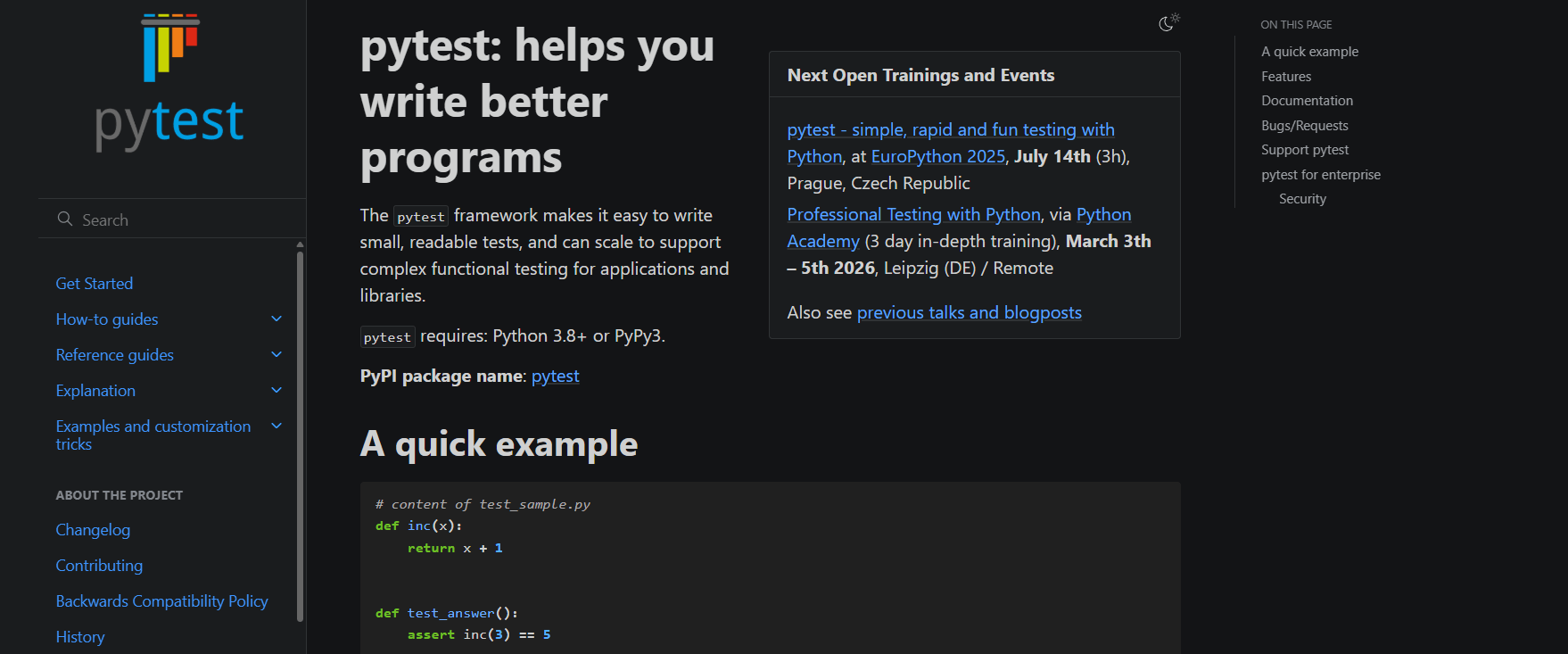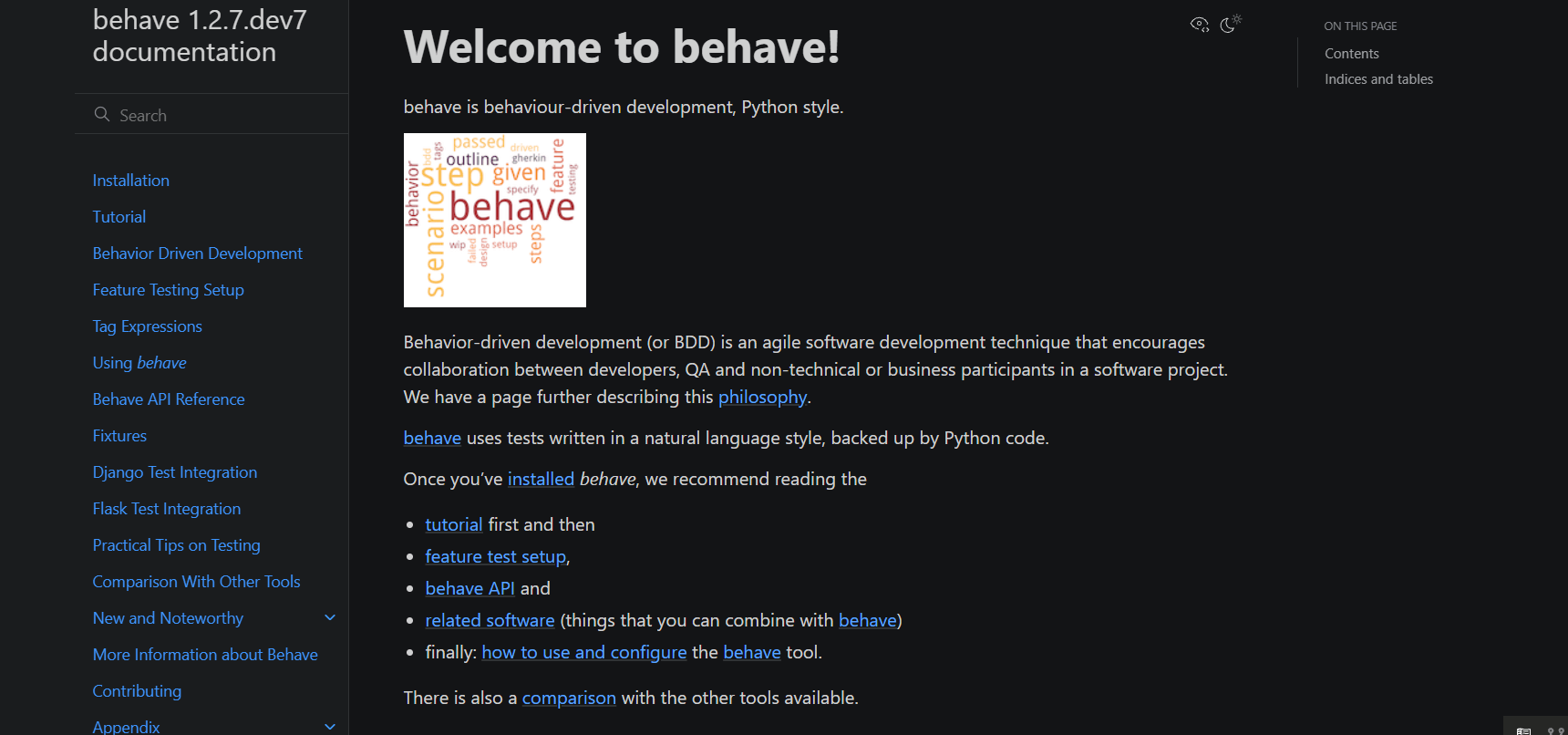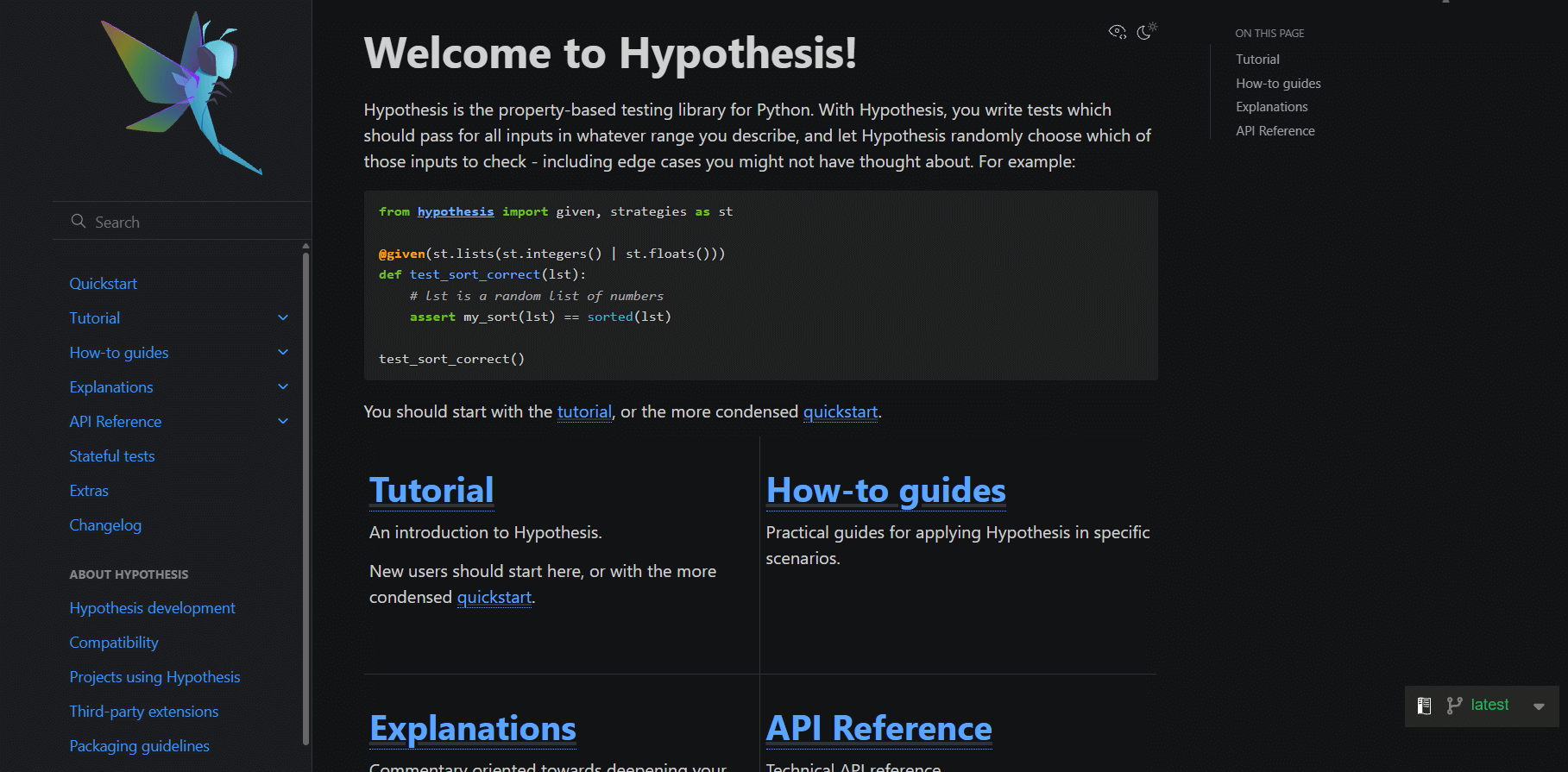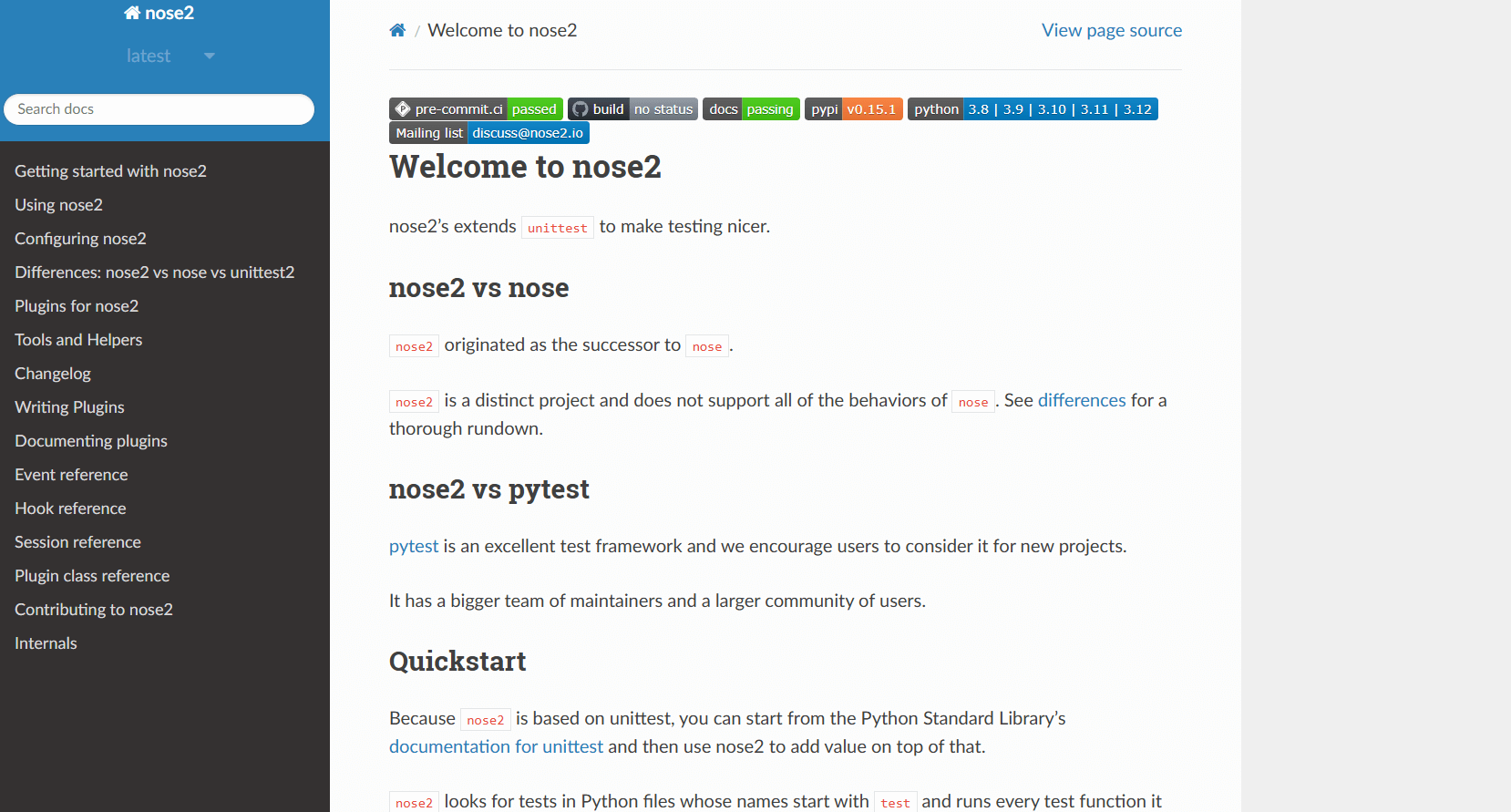Python has carved out a solid spot in software development, not just for scripting or data work—but also for serious automation. In fast-paced dev cycles, Python automation tools help software developers and teams move faster, test smarter, and catch bugs before users ever see them. From unit testing to web automation and robotic process automation, Python’s flexibility makes it a go-to for developers building scalable products.
When it comes to test automation, Python testing tools are essential. They simplify the testing process, allow for quick test creation, and ensure better code coverage with less manual effort. Libraries like pytest, unittest, and behave are built to handle different types of testing, from simple unit tests to full-blown acceptance testing. Whether you’re testing python code, APIs, or web applications, the ecosystem delivers speed and reliability.
In CI/CD pipelines, Python-based tools plug right into workflows—triggering test execution after every commit or pull request. You can set up parallel test execution, track test outcomes, and feed results straight into a test management platform like Testomat.io. For teams handling growing test suites and functional testing, this kind of automation isn’t just helpful—it’s non-negotiable.
Dive deeper into real examples and workflows in this python testing guide.
Tool comparison table
| Tool | Type | CI/CD integration | Ease of use | Free plan | Web applications testing | Parallel test execution |
|---|---|---|---|---|---|---|
| Testomat.io | Platform | ✅ Full native support (GitHub, GitLab, Jenkins) | ⭐⭐⭐⭐☆ | ✅ Yes | ✅ Built-in with visual tracking | ✅ Built-in |
| PyTest | Library | ⚠️ Manual setup required | ⭐⭐⭐⭐☆ | ✅ Yes | ✅ With Selenium or Requests | ✅ Via xdist |
| Selenium | Framework | ✅ Widely supported via runners | ⭐⭐⭐☆☆ | ✅ Yes | ✅ Industry standard | ⚠️ Requires config |
| Behave | Framework | ⚠️ Requires CI scripting | ⭐⭐⭐☆☆ | ✅ Yes | ✅ With proper steps | ⚠️ Not native |
| Hypothesis | Library | ✅ Integrates with PyTest | ⭐⭐⭐☆☆ | ✅ Yes | ⚠️ Limited, mostly API-focused | ⚠️ Indirect |
| Nose2 | Library | ⚠️ Limited built-in support | ⭐⭐☆☆☆ | ✅ Yes | ⚠️ Basic support only | ❌ Not supported |
Legend:
- ✅ Fully supported
- ⚠️ Requires manual setup or plugins
- ❌ Not available
- ⭐ — rated for ease of use (1 to 5 stars)
This table helps compare the python automation tools at a glance, focusing on integration, functionality, and ease of use—key factors for effective test automation in a modern software development pipeline.
1. Testomat.io
 Testomat.io is an end-to-end free test management tool built for serious Python automation. It unifies python testing tools and CI workflows, letting teams crank out clean releases without tab-hopping. From BDD specs to blazing-fast parallel test execution, it keeps every test case, result, and metric in one slick place.
Testomat.io is an end-to-end free test management tool built for serious Python automation. It unifies python testing tools and CI workflows, letting teams crank out clean releases without tab-hopping. From BDD specs to blazing-fast parallel test execution, it keeps every test case, result, and metric in one slick place.
Key features
- Native support for popular Python testing frameworks—PyTest, Behave, Robot Framework
- Live QA dashboards with code-level test coverage stats
- Drop-in CI/CD hooks for GitHub, GitLab, Jenkins, Azure Pipelines
- BDD, TDD, and exploratory sessions in one workspace
- Visual test execution timeline for instant failure triage
- Granular test case tracking and tagging (API, UI, performance)
- One-click sync for web + API tests and flaky-test alerts
Pros
✔ Deep Python integration for any python tools list
✔ 100 % CI/CD-ready—no hacks required
✔ Clean, intuitive UI (less onboarding pain)
✔ Lightning-fast parallel runs out of the box
✔ Built-in code-coverage reports and trend graphs
✔ Plays nice with third-party test runners
✔ Killer option for full-stack web automation
Cons
✖ Local agent setup needed for offline projects
✖ Some advanced analytics locked behind paid tiers
Pricing
Starter tier is free; growth and enterprise packages are custom pricing based on seats & pipeline minutes.
2. PyTest
 PyTest is a powerful unit testing framework designed for efficient and scalable python automation. Known for its flexibility, plugin ecosystem, and support for test discovery, it’s a go-to tool for developers working across all levels of software development.
PyTest is a powerful unit testing framework designed for efficient and scalable python automation. Known for its flexibility, plugin ecosystem, and support for test discovery, it’s a go-to tool for developers working across all levels of software development.
Key features
- Extensive plugin ecosystem for reporting, parallel runs, and integration
- Automatic test discovery to streamline workflows
- Built-in parametrized testing for handling multiple inputs
- Simple configuration for most projects
- Full compatibility with the python standard library
Pros
✔ Clean, human-readable syntax
✔ Advanced fixtures to reduce repetitive code
✔ Scales well from small to large projects
✔ 100% open source
✔ Ideal for test code reuse in large suites
Cons
✖ Learning curve for complete beginners
✖ No built-in user interface
✖ Doesn’t include test case management tools natively
Pricing
Free (Open Source)
3. Selenium
 Selenium WebDriver is the OG of web automation. With Python bindings on board, it lets testers fire up real browsers, drive clicks, and validate flows the same way users do. If your backlog screams “test every browser,” Selenium is still the gold standard.
Selenium WebDriver is the OG of web automation. With Python bindings on board, it lets testers fire up real browsers, drive clicks, and validate flows the same way users do. If your backlog screams “test every browser,” Selenium is still the gold standard.
Key features
- Cross-browser testing for Chrome, Firefox, Edge, Safari, and more
- WebDriver API that mirrors real-user behavior—scrolls, hovers, drag-and-drops
- Smooth integration with testing frameworks like PyTest, Robot Framework, Behave
- Built to handle rich web applications (SPA, dynamic DOM, AJAX)
- Can replicate full user journeys, from login to checkout
Pros
✔ Mature ecosystem with tons of tutorials and plugins
✔ Huge community backing—answers are a Google away
✔ Flexible—write compact or complex scripts as needed
✔ Runs on Windows, macOS, Linux, and cloud grids
✔ Python bindings ship with regular updates
Cons
✖ Initial setup can be a headache (drivers, versions, browser configs)
✖ Zero native test management or result dashboards
✖ Not suited for desktop applications or heavy graphical apps
Pricing
Free (Open Source)
4. Behave
 Behave is a lightweight, BDD-oriented testing tool built for teams that value clarity and collaboration. Inspired by Cucumber, it uses Gherkin to describe acceptance testing scenarios in plain language—making it perfect for bridging gaps between devs, testers, and product owners.
Behave is a lightweight, BDD-oriented testing tool built for teams that value clarity and collaboration. Inspired by Cucumber, it uses Gherkin to describe acceptance testing scenarios in plain language—making it perfect for bridging gaps between devs, testers, and product owners.
Key features
- Full BDD approach to define behavior before code
- Uses natural language steps for readability and alignment
- Supports standard Gherkin syntax for test scenarios
- Easily integrates with python scripts and automation tools
- Great for teams that include non-technical stakeholders
Pros
✔ Business-readable test cases everyone can understand
✔ Built for team collaboration and shared ownership
✔ Lightweight and quick to get started
✔ Native support for Python workflows
✔ Enables stakeholder-friendly acceptance testing
Cons
✖ Gherkin has a learning curve for devs used to code-first testing with advanced features. ✖ Less suited for detailed unit tests or internal logic validation ✖ No built-in UI or reporting layer without third-party tools.
Pricing
Free (Open Source)
5. Hypothesis
 Hypothesis brings property-based testing to the Python programming language, flipping the script from crafting hand-picked cases to letting the tool invent thousands of inputs on the fly. It’s a secret weapon for uncovering edge-case crashes you never thought to write.
Hypothesis brings property-based testing to the Python programming language, flipping the script from crafting hand-picked cases to letting the tool invent thousands of inputs on the fly. It’s a secret weapon for uncovering edge-case crashes you never thought to write.
Key features
- Automatically generates test data for phone numbers, strings, JSON, even custom classes.
- Plugs straight into PyTest for seamless runs and reports
- Hunts down hidden edge cases by shrinking failing inputs to the minimal bug trigger
- Ideal for deep functional testing of business logic and algorithms
- Integrates with existing test creation workflows—no rewrite required
Pros
✔ Hands-free auto-test generation saves hours of boilerplate ✔ Fantastic at surfacing weird, unexpected bugs ✔ Works side-by-side with PyTest fixtures and plugins for different tests ✔ Finds “corner cases” most humans miss ✔ Strong choice for intensive data analysis or math-heavy code
Cons
✖ Not beginner-friendly—needs a solid grasp of test properties
✖ Demands careful thinking about deep test logic and invariants
✖ Ships with no built-in UI or fancy reports
Pricing
Free (Open Source)
6. Nose2
 Nose2 is the modern reboot of the classic Nose framework, rebuilt for straightforward unit testing in Python. Focused on simplicity and speed, it delivers just enough power for small to mid-size projects without the bloat.
Nose2 is the modern reboot of the classic Nose framework, rebuilt for straightforward unit testing in Python. Focused on simplicity and speed, it delivers just enough power for small to mid-size projects without the bloat.
Key features
- Automatic test discovery—drop files in a folder, and Nose2 finds them
- Flexible plugins support for coverage, profiling, and more
- Minimal, easy configuration; most projects work out of the box
- Pure CLI execution that slips neatly into any CI job
- 100 % Python-native, no external dependencies
Pros
✔ Lightning-fast setup—install and run in minutes
✔ Gentle learning curve, ideal for newcomers
✔ Modular plugin architecture to extend features on demand
✔ Perfect fit for lightweight or small projects
✔ Stays lean; won’t slow your pipeline
Cons
✖ Low community activity compared to PyTest
✖ Limited third-party integrations
✖ Basic, text-only reporting—no rich dashboards
Pricing
Free (Open Source)
Final thoughts
Choosing the right Python automation testing tool comes down to your testing flow, team dynamics, and how much visibility you need across the pipeline. If you’re after flexibility and full control, open-source tools like PyTest, Selenium, or Hypothesis deliver serious power without the price tag. But if your team is scaling fast—or you’re juggling lots of test types—platforms like Testomat.io stand out with end-to-end test case management, real-time reporting, and deep CI/CD integration.
In short, go lightweight if you’re coding solo or working on smaller apps. But for full-stack QA teams, high-growth projects, or enterprise-level visibility, investing in a tool that supports the entire test automation lifecycle is the smarter move.
FAQ
Is Python used for automation testing?
Yes. Teams lean on Python for automation testing because its clean syntax, rich library stack, and ready-made bindings for web, API, and unit testing make coverage fast and painless.
Is Python good for automation testing?
Absolutely. The language’s straightforward style, speedy scripting, and plug-and-play CI/CD hooks suit everything from web development to robotic process automation, giving devs a low-friction path to reliable tests.
What does Python do for automation testing?
Python drives the full cycle—test creation, execution, reporting, and continuous integration. With frameworks such as PyTest or Behave, you can automate UI flows, backend APIs, and data pipelines from a single codebase.
Can Python automation testing tools integrate with CI/CD pipelines, and how?
Definitely. Tools like Testomat.io and PyTest slot into Jenkins, GitHub Actions, or GitLab CI, kicking off parallel test execution, publishing dashboards, and blocking faulty commits in real time.
How can you effectively manage test cases using Python automation testing?
Pair your scripts with a free test management tool such as Testomat.io. It offers visual test case tracking, real-time dashboards, and seamless sync with Python testing tools for end-to-end control.

